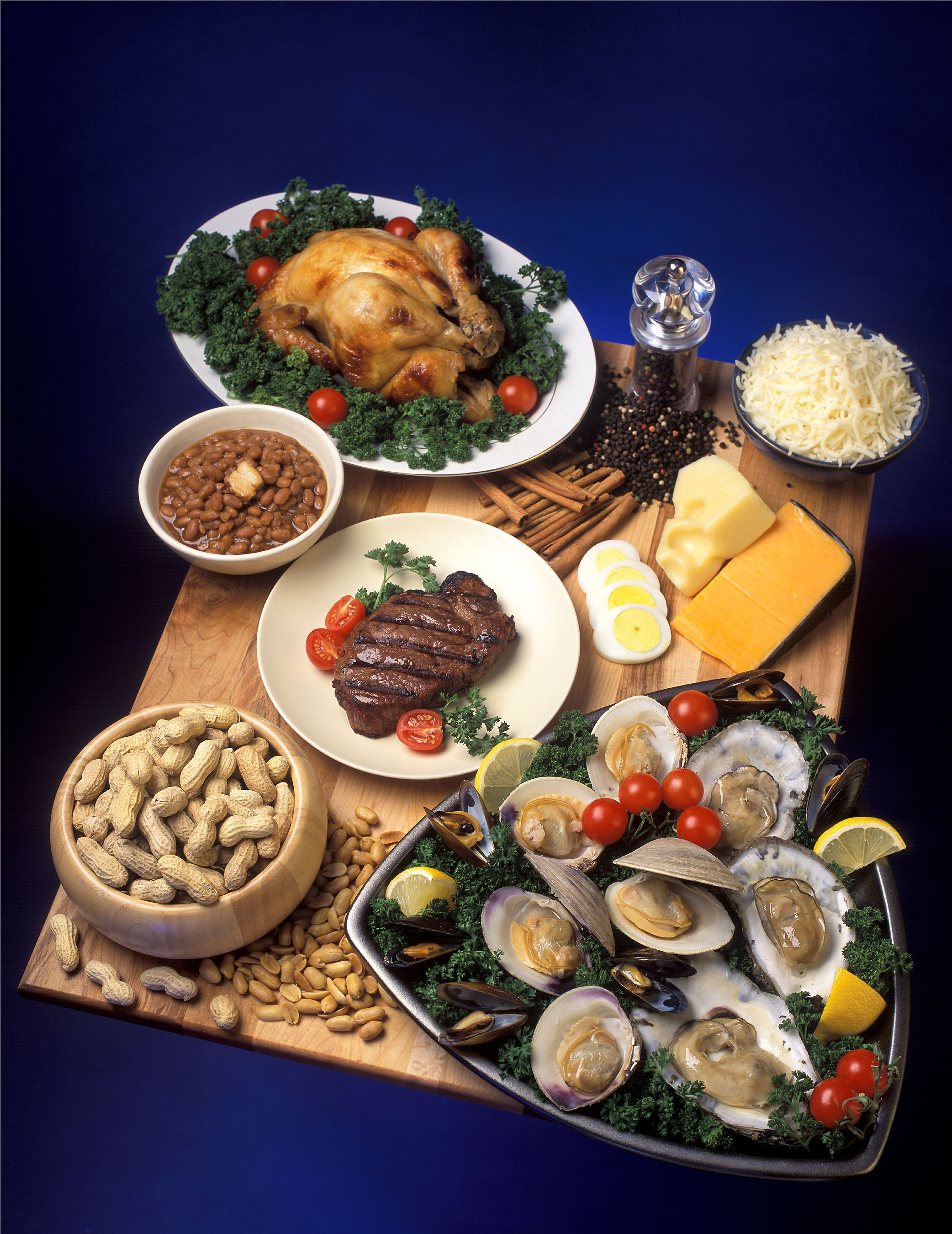Introduction
Zinc is an essential mineral that is naturally present in some foods, added to others, and available as a dietary supplement. Zinc is also found in many cold lozenges and some over-the-counter drugs sold as cold remedies.
Zinc is Very important mineral and he helped for Growth.
What Does Zinc Do in Your Body?
- Supports a healthy nervous system and is therefore essential for mental and emotional balance.
- Helps strengthen your immune system, which increases your capacity to deal with stress.
- Helps keep your teeth and bones strong.
- Helps control your blood sugar level.
- Is involved in numerous chemical reactions that convert food into energy.
- Helps to protect your body against free radical damage.
- Helps to reduce your blood level of homocysteine, decreasing your risk of a variety of chronic, degenerative health conditions.
The Doses
Table 1: Recommended Dietary Allowances (RDAs) for Zinc
Naturally Source of Zinc
A wide variety of foods contain zinc . Oysters contain more zinc per serving than any other food, but red meat and poultry provide the majority of zinc in the American diet. Other good food sources include beans, nuts, certain types of seafood (such as crab and lobster), whole grains, fortified breakfast cereals, and dairy products .
Phytates—which are present in whole-grain breads, cereals, legumes, and other foods—bind zinc and inhibit its absorption . Thus, the bioavailability of zinc from grains and plant foods is lower than that from animal foods, although many grain- and plant-based foods are still good sources of zinc .
Here is a Table of The Zinc Best Sources :
Note* DV = Daily Value. DVs were developed by the U.S. Food and Drug
Administration to
help consumers compare the nutrient contents of
products within the context of a total diet.
The DV for zinc is 15 mg
for adults and children age 4 and older. Food labels, however, are not
required to list zinc content unless a food has been fortified with this
nutrient. Foods
providing 20% or more of the DV are considered to be
high sources of a nutrient.





0 comments